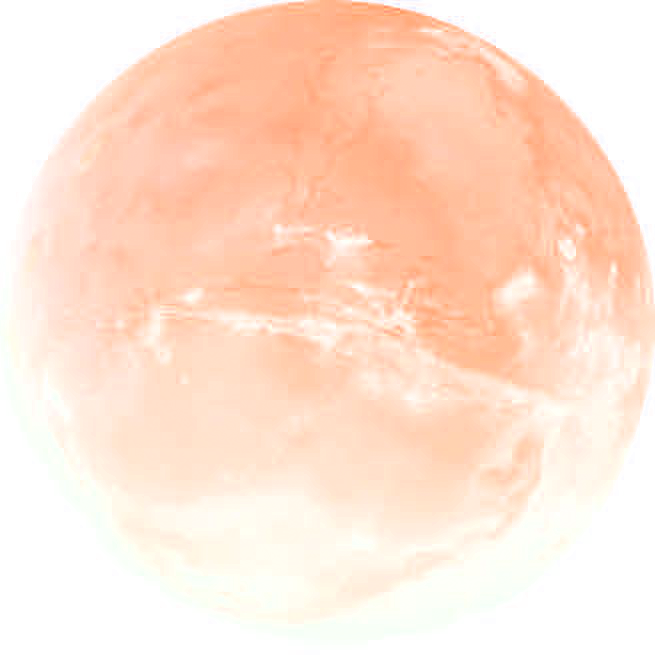Observer's Corner for July
By Professor Hal Jandorf
Mars at Opposition
My students and I at the Observatory had a celestial treat. All five naked-eye planets parade across the evening sky!
First is elusive MERCURY at dusk, brilliant VENUS dominating the western sky, due south is JUPITER shining and, still in deep twilight, SATURN is in the southwest sky!
Later on in the evening, after Mercury and Venus sets, blazing orange-red MARS rises in the east.






MARS reaches OPPOSITION (closest to Earth in its orbit) on July 27th. This makes the mysteries of Mars easier to see and will be visible all night.
Mars will extend to more than 24 arc seconds in apparent size, which makes this a “Favorable Opposition”!
Although Mars is a disappointment for the first view, it poses many challenges for Earthly telescopic observers:
-
Observers are looking through TWO atmospheres: The instability of our air (it’s called seeing) and Mars’ infamous global wind storms, obliterating the surface detail. As of this writing, Mars is going through a global wind storm and hopefully, it will subside soon.
-
Mars is a tiny planet, half the size of Earth. Through a telescope, Mars extends only 24 arc seconds at this opposition, This means that it is the size of an average size crater on the moon!
-
The bigger telescope at higher magnification (assuming good seeing in Earth’s atmosphere and no wind storms on Mars), the better to see more detail.
-
There is some detail on Mars even with a small telescope. A 60mm aperture can see the polar cap. A 100 mm diameter can see major markings like Syrtis Major and Hellas (see my photos). The more subtle details (Sinus Meridiani, Olympus Mons…) can be detected using larger apertures.
The fun of observing Mars is the challenge you will find. Be patient, try using a planetary filter (Orion sells a Mars “filter” that optimizes observing).
I have attached two images of Mars that I took with an 8
inch diameter during the 1988 Opposition when Mars was very close the Earth. The last “good” opposition was in August 2003.
The next opposition (very close) will be 2020. All oppositions happen approximately 2.5 years. A REALLY CLOSE opposition occurs every 17 years.
These photos were taken with ordinary film 30 years ago.
New advanced digital and stacking imagery produces high-quality photos that exceed what the visual observer can see.
The photos are examples of what YOU can see visually through a smaller telescope.
And that’s what “Observer’s Corner” is about!
Move Slider Right or Left
Move Slider Right or Left
Have fun observing Mars in the coming months!
Clear Skies
--Hal Jandorf


If you enjoy “OBSERVER’S CORNER”, please let VCAS and Professor Hal Jandorf know.
Positive comments or changes will be extremely appreciated!